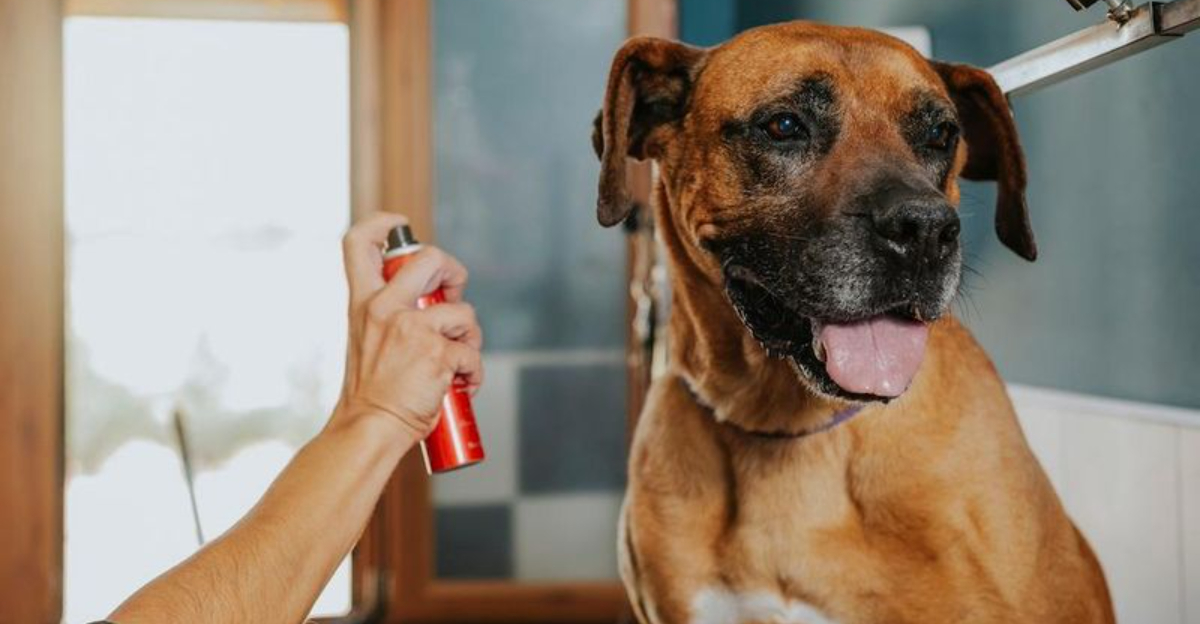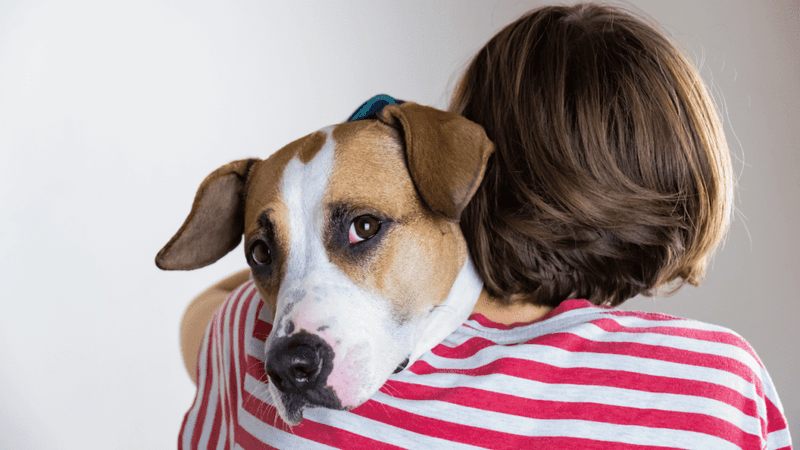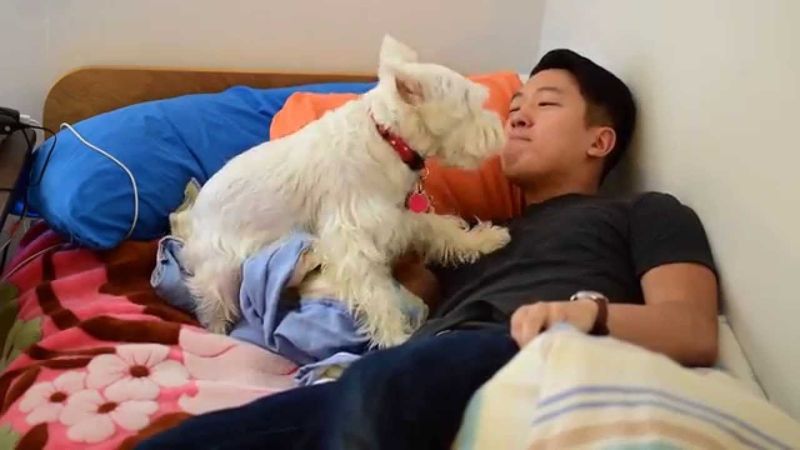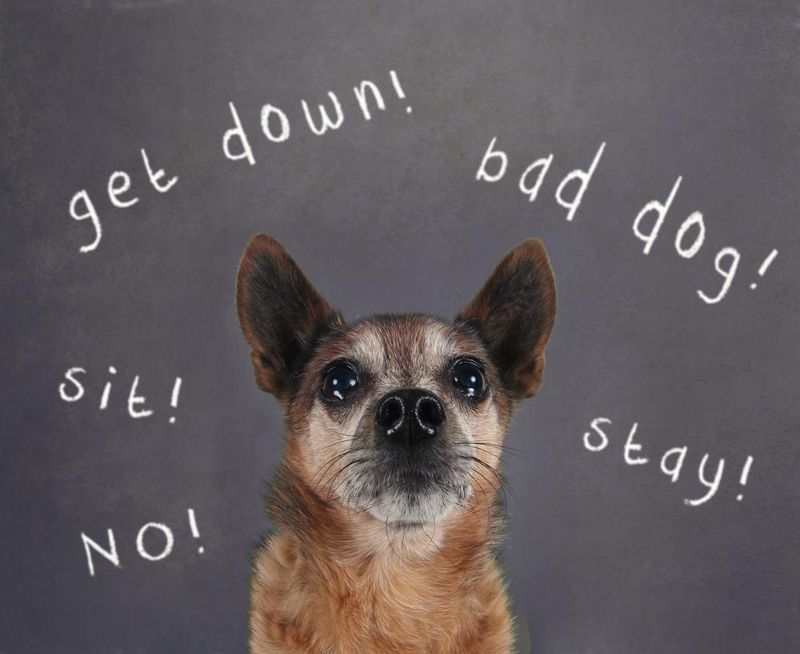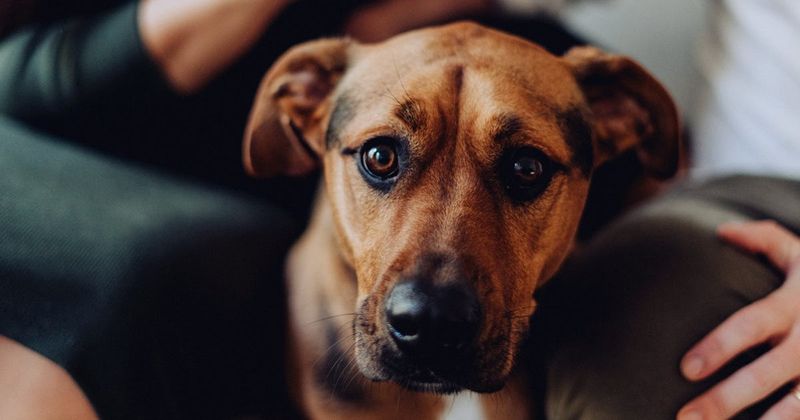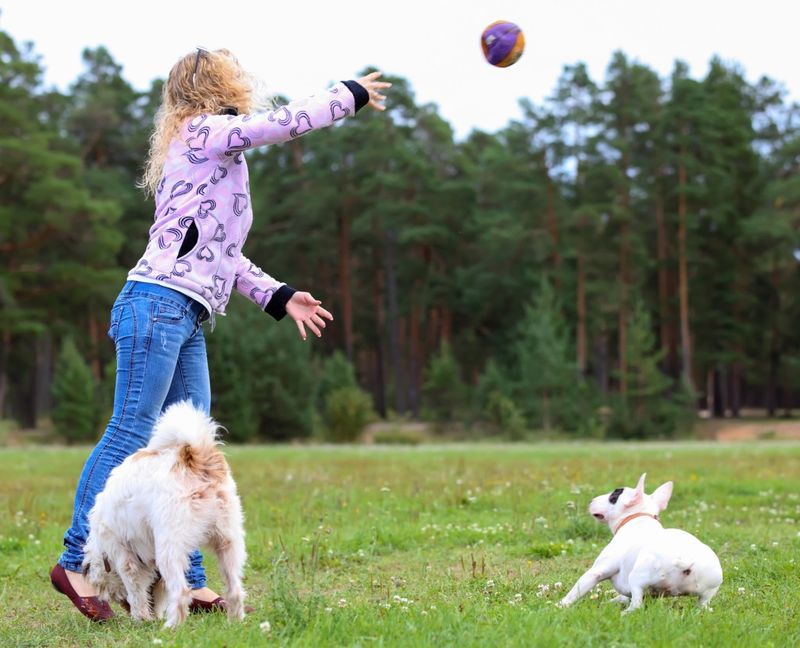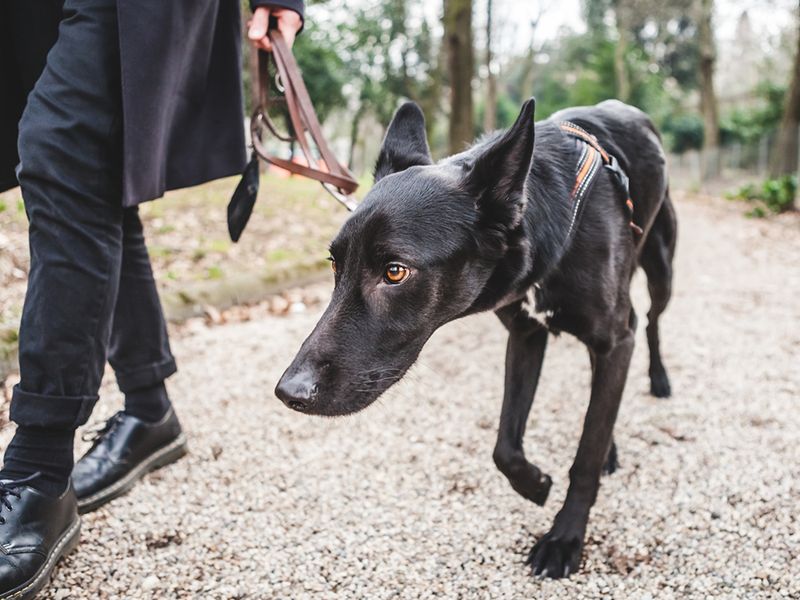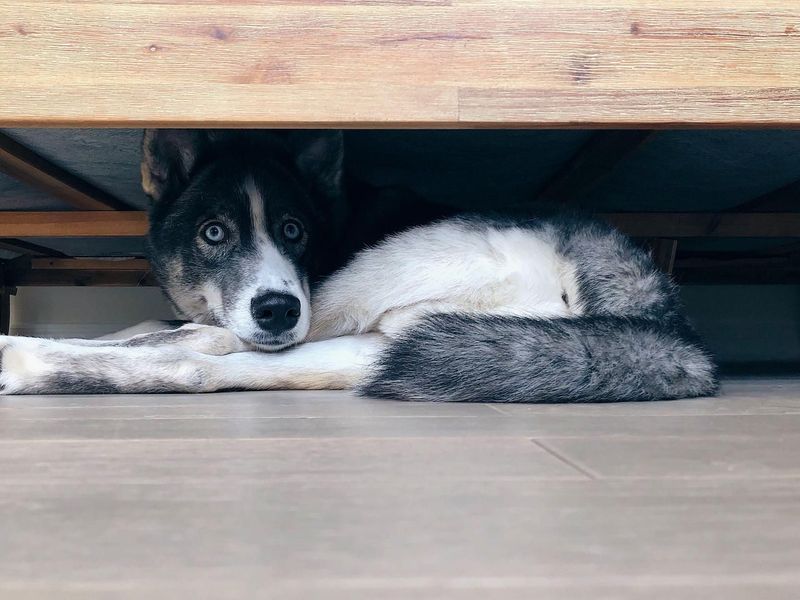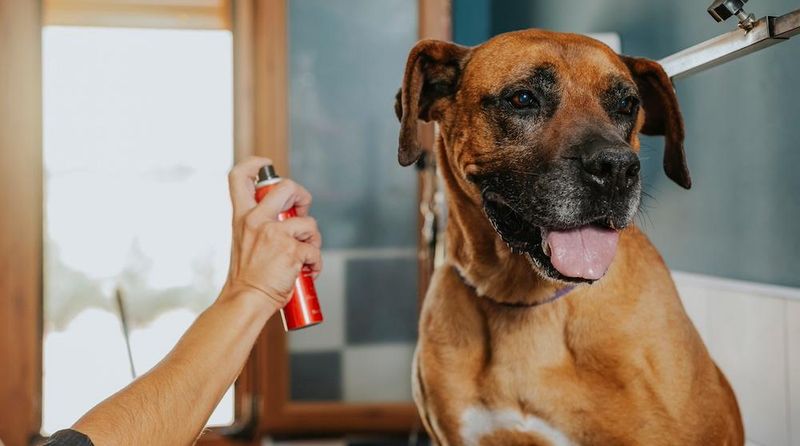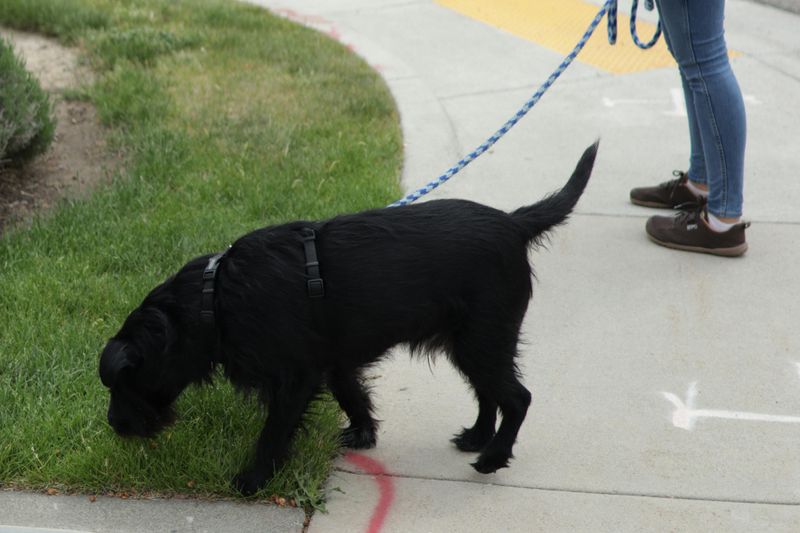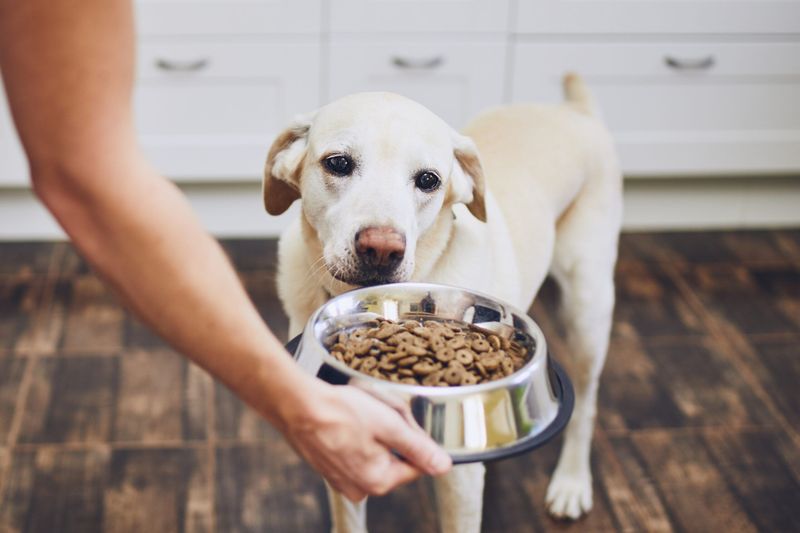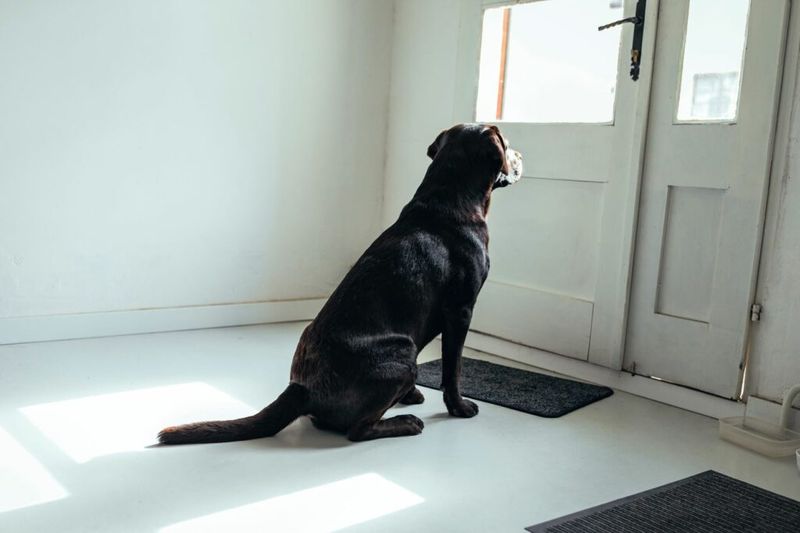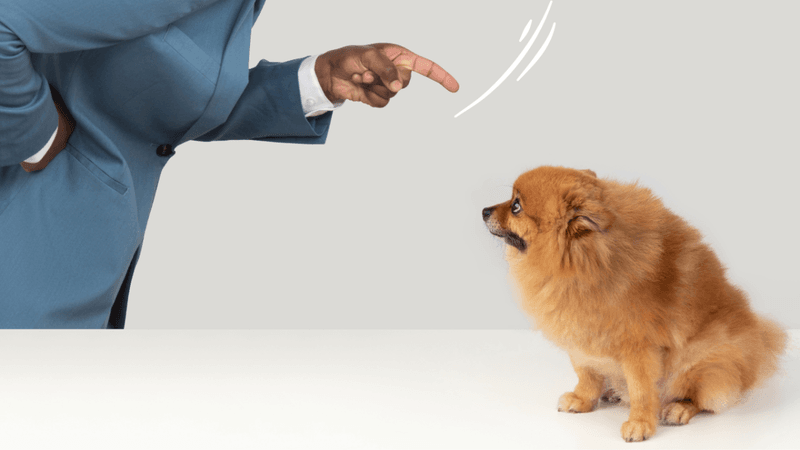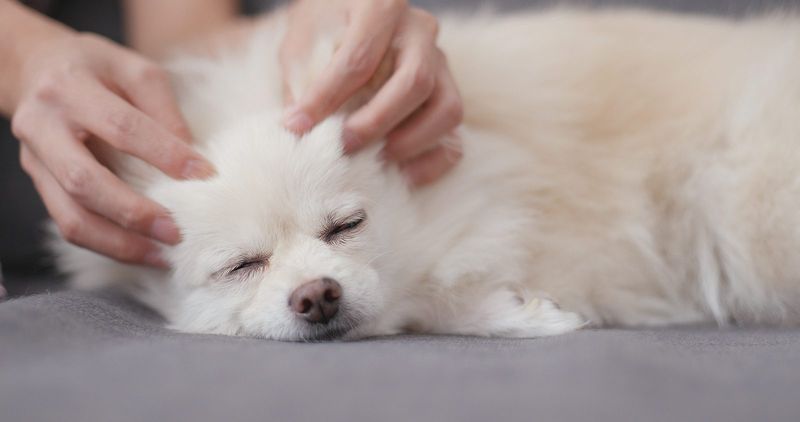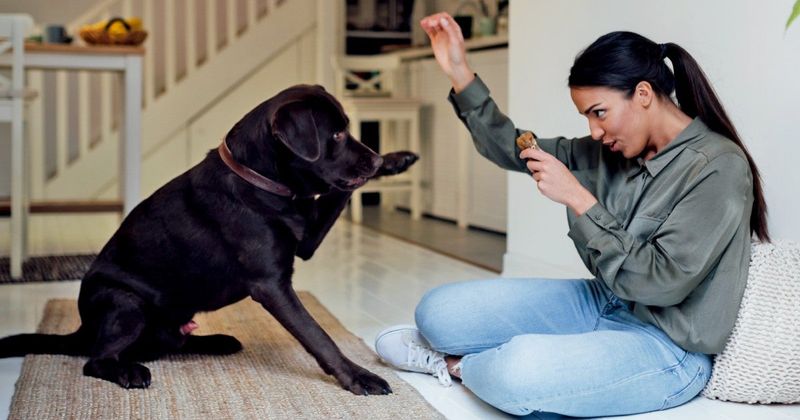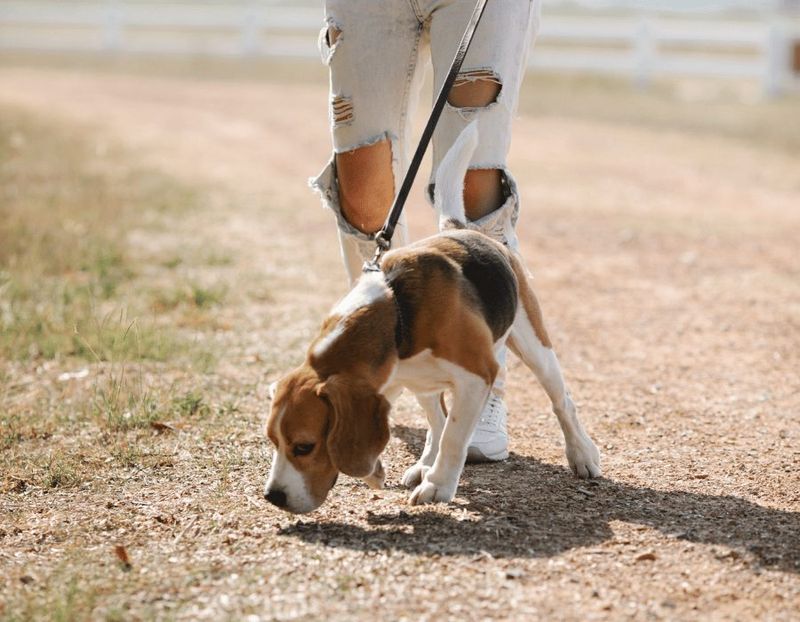Dogs may not speak our language, but they definitely have opinions about how we treat them! As our loyal companions, they patiently tolerate many of our human quirks while absolutely adoring others. Understanding which of our habits make our furry friends uncomfortable and which ones strengthen our bond can dramatically improve your relationship with your canine companion. Let’s explore what makes your dog either hide under the bed or shower you with slobbery kisses.
1. Hugging Too Tightly
Most dogs feel trapped and anxious when squeezed in a tight embrace. While humans express affection through hugs, dogs interpret this as dominance or restriction of movement.
Your pup might tolerate hugs from you, but watch for signs of discomfort: stiff posture, whale eyes (showing whites), or ears pulled back. Many dog bites happen when well-meaning strangers try to hug unfamiliar dogs.
2. Blowing in Their Face
Blowing air directly into your dog’s face might seem playful to you, but dogs absolutely despise this sensation. Their sense of smell is thousands of times more sensitive than ours, making this experience overwhelming.
Many pups react by backing away, sneezing, or even growling. This seemingly innocent action can erode trust between you and your furry friend over time. Respect their personal space instead.
3. Inconsistent Rules
Dogs thrive on routine and clear boundaries. When you allow them on the couch one day but scold them for it the next, you’re creating a confused, anxious pet.
Canines don’t understand contextual exceptions to rules. They learn through consistency and predictability. Family members following different rules compounds this confusion.
Establish household dog rules everyone follows, and your four-legged friend will feel secure rather than walking on eggshells.
4. Staring Contests
Direct, prolonged eye contact reads as a challenge or threat in dog language. While you might think you’re sharing a loving moment, your dog likely feels intimidated or pressured.
This is especially stressful for shy or anxious dogs. Notice how well-socialized dogs rarely maintain eye contact with each other for long periods.
Gentle, brief eye contact followed by a soft glance away shows respect for your dog’s communication style.
5. Forcing Socialization
Dragging your reluctant dog toward strange people or animals creates lasting anxiety. Dogs have individual social preferences just like humans – some are extroverts, others prefer smaller circles.
Forced interactions can trigger fear responses that escalate to aggression. Your dog relies on you for protection, not exposure therapy.
Allow your pup to approach new friends at their own pace, rewarding calm curiosity rather than pushing uncomfortable encounters.
6. Teasing Games
Pretending to throw balls without releasing them or repeatedly pulling toys away can frustrate your dog beyond measure. These “fake-outs” might seem playful to humans but feel like broken promises to dogs.
Your furry friend doesn’t understand the concept of pranks. Such teasing can lead to diminished trust or even resource guarding behaviors.
Fair, predictable play strengthens your bond – tricks and teasing damage it.
7. Harsh Punishment
Yelling, physical punishment, or aggressive handling creates fear, not respect. Dogs rarely connect delayed punishment with earlier actions, making these methods ineffective at best and traumatizing at worst.
Harsh corrections damage your relationship and can trigger defensive aggression or anxiety disorders. Your dog wants to please you but might not understand what you’re asking.
Positive reinforcement helps dogs learn without breaking their spirit.
8. Ignoring Body Language
Dogs communicate constantly through subtle signals – lip licking, yawning, looking away, or stiffening their bodies. Ignoring these early warning signs forces dogs to escalate to growling or snapping.
Children often miss these cues, putting them at higher risk for bites. Learning to recognize when your dog needs space shows respect for their emotions.
Think of these signals as your dog’s polite way of saying “I’m uncomfortable” before they feel forced to shout.
9. Strong Scents and Perfumes
Your dog’s nose contains up to 300 million scent receptors compared to our measly 6 million. Heavy perfumes, essential oils, or cleaning products can overwhelm their sensitive systems.
Many dogs actively avoid heavily scented humans or rooms. What smells pleasant to us might feel like sensory assault to them.
Consider fragrance-free products when possible, especially on items your dog contacts frequently like bedding or your hands.
10. Rushing Walks
Constantly pulling your dog away from interesting smells defeats the purpose of walks from their perspective. Sniffing is how dogs gather information and process their world – it’s their social media and newspaper combined!
Quick bathroom-only outings deprive dogs of mental stimulation. A frustrated dog might develop behavioral issues from lack of enrichment.
Try scheduling longer “sniffari” walks where your dog sets the pace occasionally.
11. Irregular Mealtimes
Dogs have internal clocks and thrive on predictable feeding schedules. Erratic mealtimes can cause anxiety, stomach issues, and begging behaviors.
Your pup doesn’t understand why dinner is two hours late – they only know they’re hungry and worried. This stress can contribute to resource guarding tendencies.
Consistent feeding schedules help regulate your dog’s digestion and create security in their daily routine. Their bodies actually prepare to eat at regular times.
12. Leaving Them Alone Too Long
Dogs are pack animals who experience genuine distress when left alone for extended periods. Even independent breeds have their limits.
Prolonged solitude can trigger separation anxiety, destructive behaviors, or depression. Your dog doesn’t understand why you’ve abandoned them or if you’re coming back.
If long workdays are unavoidable, consider dog walkers, daycare, or creating an enriching environment with toys and puzzles to help pass the time.
13. Loud Arguments
Shouting matches between humans terrify most dogs, who can’t understand the context but sense the emotional tension. Many dogs tremble, hide, or pace during household conflicts.
Your furry friend may even try to intervene by barking or jumping between arguing parties. This stress can manifest physically through digestive issues or anxiety behaviors.
Remember that your dog perceives your emotions intensely without comprehending the situation’s nuances or resolution.
14. Disturbing Their Sleep
Dogs need 12-14 hours of sleep daily and don’t appreciate being suddenly awakened from deep slumber. Startling a sleeping dog can trigger defensive reactions or confusion.
Senior dogs especially need quality rest for joint health and cognitive function. Children should learn to let sleeping dogs lie – literally.
If you must wake your pet, do so gently by softly saying their name before any physical contact to prevent fear-based responses.
15. Skipping Exercise
Regular physical activity isn’t optional for dogs – it’s essential for their physical and mental wellbeing. Skipping walks or play sessions leaves energy unspent and instincts unfulfilled.
Bored, under-exercised dogs often develop problematic behaviors like excessive barking, chewing, or digging. Different breeds have varying exercise requirements, but all need some form of daily activity.
Even on busy days, find creative ways to provide movement and mental stimulation.
16. Consistent Routines
Dogs flourish when they can predict what happens next in their day. Regular schedules for walks, meals, and bedtime create a sense of security that helps anxious dogs especially thrive.
Your consistent routine tells your dog the world is orderly and safe. They’ll often begin anticipating the next activity right on schedule.
This predictability reduces stress hormones and helps your dog feel confident navigating their environment.
17. Calm Greetings
While Hollywood portrays joyful jumping reunions, most dogs actually prefer calm, gentle greetings. Entering your home quietly rather than with high-pitched excitement helps your dog maintain emotional balance.
This approach prevents reinforcing jumping behaviors and anxiety. Many dogs actually feel more secure when arrivals and departures aren’t major emotional events.
Try kneeling sideways, avoiding direct eye contact, and letting your dog approach you first for a truly dog-friendly hello.
18. Gentle Massage
Most dogs melt under the touch of a gentle, slow massage along their back, shoulders, or chest. This type of methodical contact releases oxytocin – the bonding hormone – in both you and your pet.
Unlike rough patting, mindful massage communicates care and attention. Pay attention to your dog’s preferences; some enjoy firm pressure while others prefer lighter touches.
Regular massage sessions can help detect lumps or changes in your dog’s body early.
19. Training Games
Dogs thrive on mental challenges that allow them to work with you. Short, positive training sessions feel like fun puzzles to your dog while strengthening your communication skills.
Teaching new tricks or reinforcing commands using treats and praise satisfies their need for purpose and direction. These activities tire them mentally – often more effectively than physical exercise alone.
Even senior dogs enjoy the cognitive stimulation of learning new behaviors or practicing familiar ones.
20. Respecting Their Space
All dogs need occasional quiet time alone with their thoughts or toys. Providing a designated safe space like a crate or bed where they won’t be disturbed shows tremendous respect for their boundaries.
Teaching children that dogs aren’t toys to be constantly handled builds healthy relationships. Watch how your dog seeks solitude when overwhelmed by visitors or activity.
Respecting when your dog retreats to their special place builds trust and security.
21. Talking Softly
Dogs have significantly more sensitive hearing than humans and appreciate gentle, lower-pitched voices. Your calm, quiet tones signal safety and control to your canine companion.
High-pitched excitement or loud commands can trigger arousal or anxiety in sensitive dogs. Many owners notice their dogs respond better to whispered cues than shouted ones.
The content of your words matters less than your consistent, soothing tone – though dogs definitely learn favorite words like “walk” and “dinner.”
22. Sniffing Adventures
Allowing your dog to follow their nose on walks provides crucial mental stimulation. Their sense of smell processes the world in ways we can barely comprehend – reading a complex story with each sniff.
Dedicated sniffing walks, where your dog chooses the path and pace, fulfill deep instinctual needs. This sensory enrichment often results in a more satisfied, calmer dog at home.
Try different environments like forests, urban areas, or beaches for varied scent landscapes.
